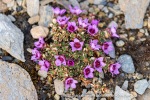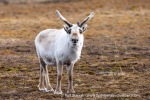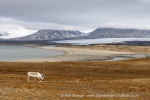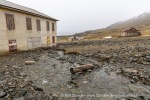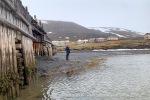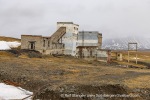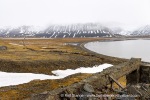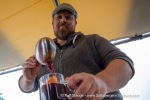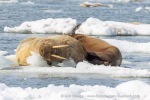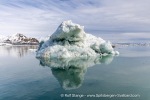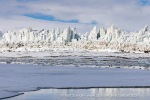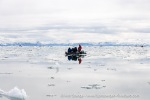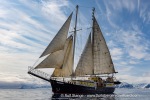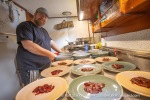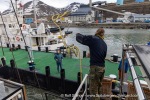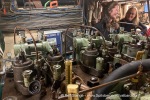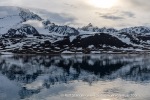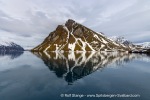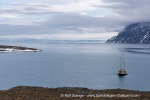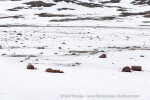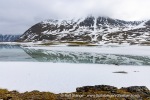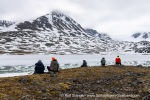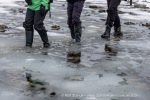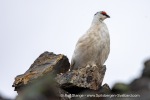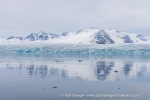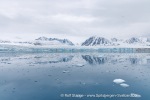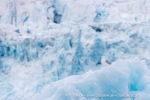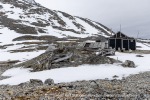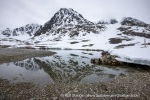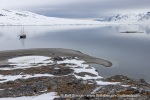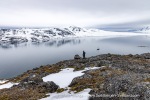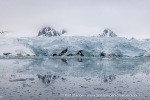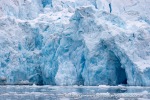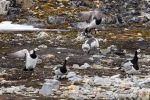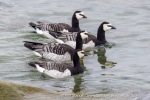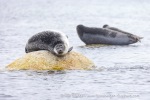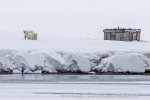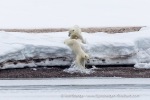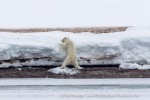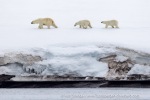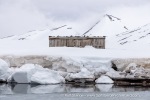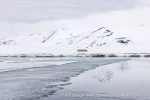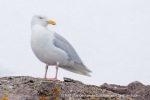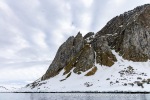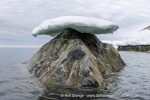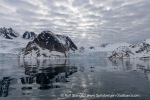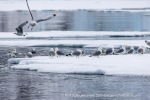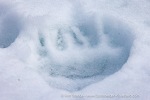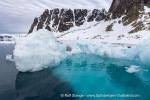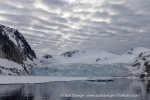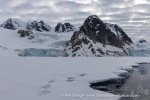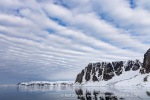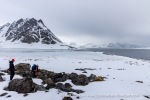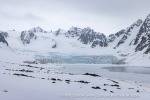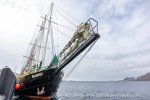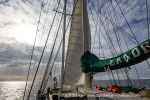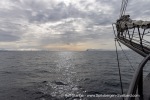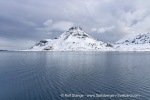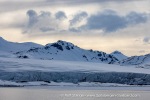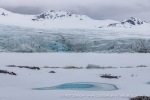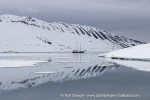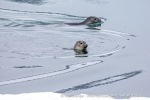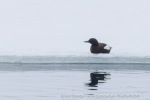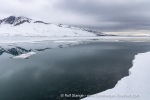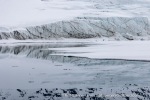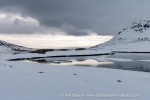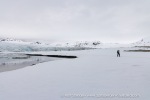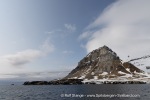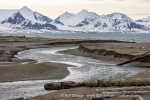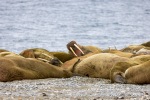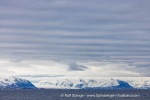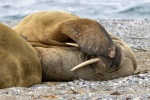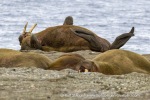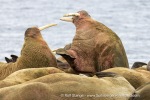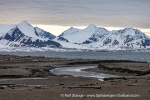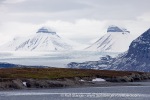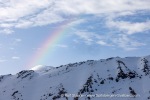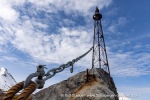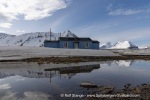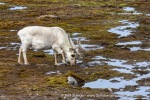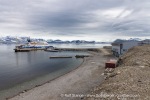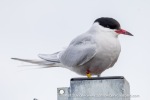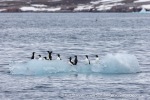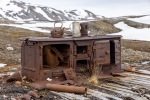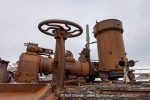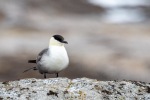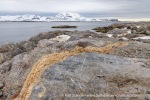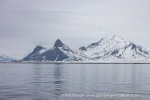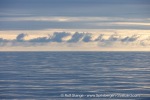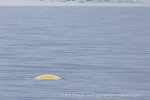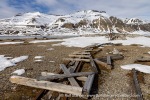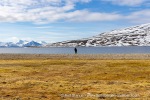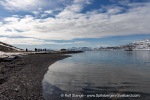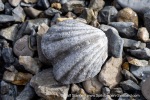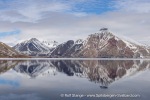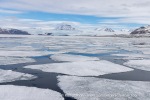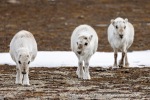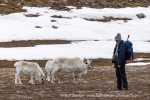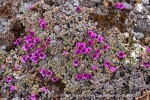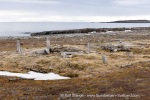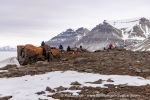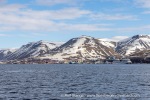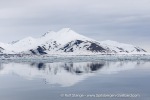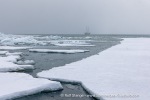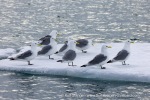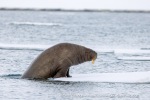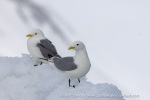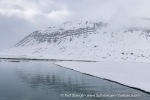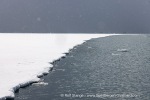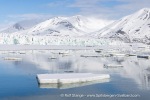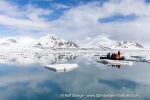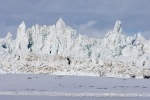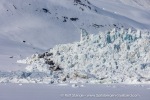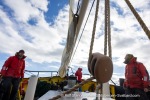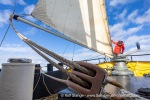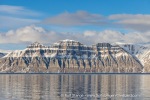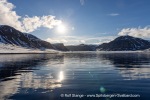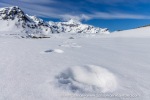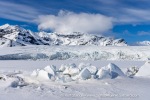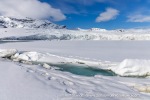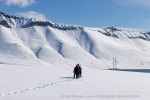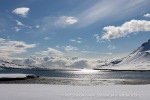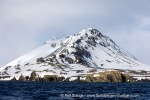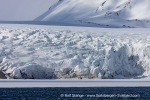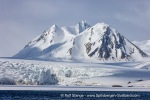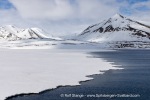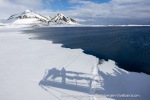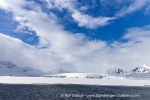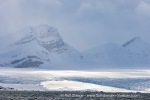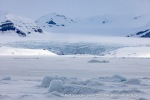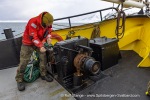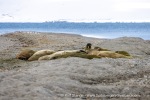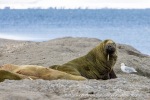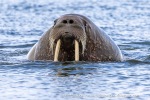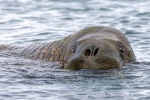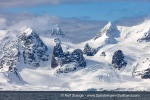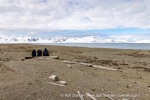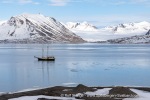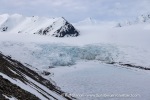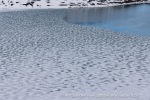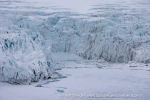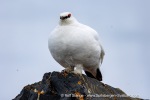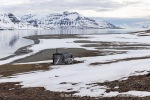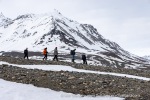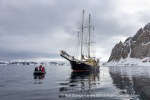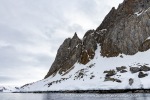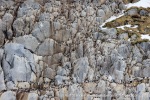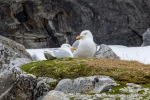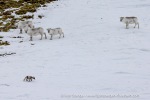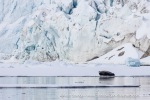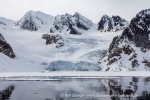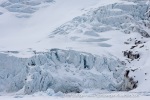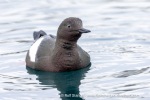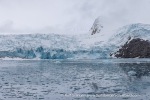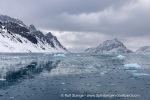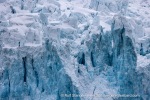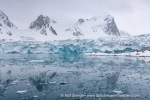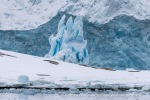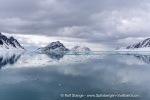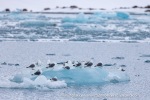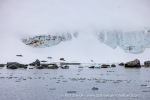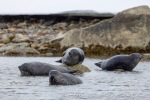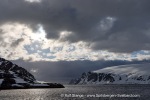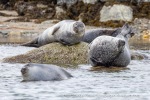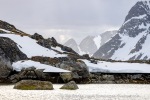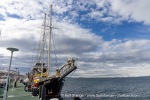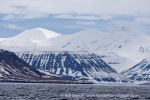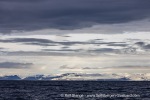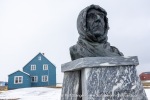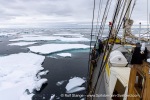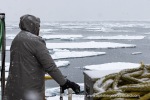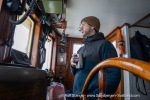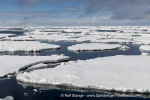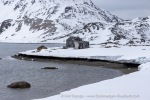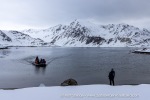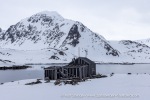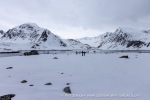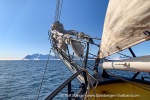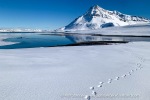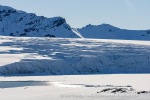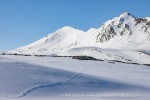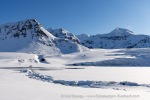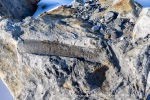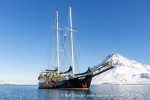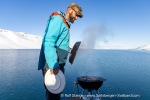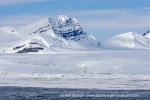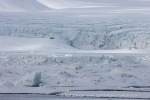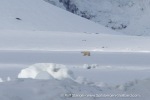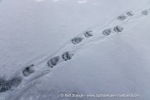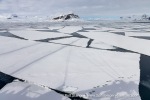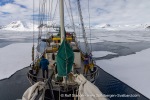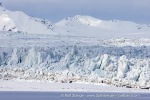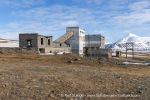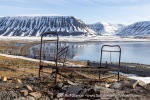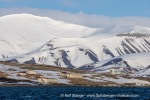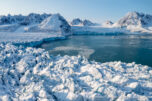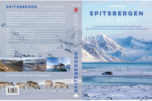-
current
recommendations- Liefdefjord
New page dedicated to one of Spitsbergen's most beautiful fjords. Background information and many photos.
- New Spitsbergen guidebook
The new edition of my Spitsbergen guidebook is out and available now!
- Liefdefjord
New page dedicated to one of Spitsbergen's most beautiful fjords. Background information and many photos.
Page Structure
-
Spitsbergen-News
- Select Month
- June 2025
- May 2025
- April 2025
- March 2025
- February 2025
- January 2025
- December 2024
- November 2024
- October 2024
- September 2024
- August 2024
- July 2024
- June 2024
- May 2024
- April 2024
- March 2024
- February 2024
- January 2024
- December 2023
- November 2023
- October 2023
- September 2023
- August 2023
- July 2023
- June 2023
- May 2023
- April 2023
- March 2023
- February 2023
- January 2023
- December 2022
- November 2022
- October 2022
- September 2022
- August 2022
- July 2022
- June 2022
- May 2022
- April 2022
- March 2022
- February 2022
- January 2022
- December 2021
- November 2021
- October 2021
- September 2021
- August 2021
- July 2021
- June 2021
- May 2021
- April 2021
- March 2021
- February 2021
- January 2021
- December 2020
- November 2020
- October 2020
- September 2020
- August 2020
- July 2020
- June 2020
- May 2020
- April 2020
- March 2020
- February 2020
- January 2020
- December 2019
- November 2019
- October 2019
- September 2019
- August 2019
- July 2019
- June 2019
- May 2019
- April 2019
- March 2019
- February 2019
- January 2019
- December 2018
- November 2018
- October 2018
- September 2018
- August 2018
- July 2018
- June 2018
- May 2018
- April 2018
- March 2018
- February 2018
- January 2018
- December 2017
- November 2017
- October 2017
- September 2017
- August 2017
- July 2017
- June 2017
- May 2017
- April 2017
- March 2017
- February 2017
- January 2017
- December 2016
- November 2016
- October 2016
- September 2016
- August 2016
- July 2016
- June 2016
- May 2016
- April 2016
- March 2016
- February 2016
- January 2016
- December 2015
- November 2015
- October 2015
- September 2015
- August 2015
- July 2015
- June 2015
- May 2015
- April 2015
- March 2015
- February 2015
- January 2015
- December 2014
- November 2014
- October 2014
- September 2014
- August 2014
- July 2014
- June 2014
- May 2014
- April 2014
- March 2014
- February 2014
- January 2014
- December 2013
- November 2013
- October 2013
- September 2013
- August 2013
- July 2013
- June 2013
- May 2013
- April 2013
- March 2013
- February 2013
- January 2013
- December 2012
- November 2012
- October 2012
- September 2012
- August 2012
- July 2012
- June 2012
- May 2012
- April 2012
- March 2012
- February 2012
- January 2012
- December 2011
- November 2011
- October 2011
- September 2011
- August 2011
- May 2011
- April 2011
- March 2011
- February 2011
- January 2011
- December 2010
- November 2010
- September 2010
- August 2010
- July 2010
- June 2010
- May 2010
- April 2010
- March 2010
- February 2010
- November 2009
- October 2009
- August 2009
- July 2009
- June 2009
- May 2009
- April 2009
- March 2009
- February 2009
- January 2009
- December 2008
- November 2008
- October 2008
- August 2008
- July 2008
- June 2008
- May 2008
- April 2008
- March 2008
- February 2008
- April 2000
- Select Month
-
weather information
-
Newsletter

| Guidebook: Spitsbergen-Svalbard |
Home
→
Yearly Archives: 2025 − News & Stories
Forlandsund and Isfjord
Sun
15 Jun
2025
This was followed by a morning in the tundra between Farmhamna and Eidembukta and a somewhat grey but interesting evening in Colesbukta. With lots of ice in Borebukta and a few miles under sail towards Longyearbyen, this beautiful, eventful journey came to an end. We didn’t reach the drift ice, but to our great delight we were lucky with the polar bears, and what other exciting impressions and experiences did these wonderful days bring! All of this in a great atmosphere, for which I would like to thank everyone, first and foremost the crew of SV Meander of course – thank you to everyone, and see you soon in July!
- gallery anchor link: #gallery_3669
Click on thumbnail to open an enlarged version of the specific photo.
Krossfjord: Signehamna and Lilliehöökbreen
Tue
10 Jun
2025
A day in Krossfjord, with a hike in Signehamna and a detour to the mighty Lilliehöökbreen.
- gallery anchor link: #gallery_3657
Click on thumbnail to open an enlarged version of the specific photo.
Northwest Spitsbergen and Raudfjord
Mon
9 Jun
2025
We spent a good two days in the north-west of Spitsbergen, between Bjørnhamna and Raudfjord. Unfortunately, due to the weather, we were not granted a trip to the drift ice (the wave height there was 1-1.5 metres at the time), so we spent a day in Raudfjord instead. We didn’t regret the swap 🐻❄️😎 and were once again able to see that even with the now legally required distance of 500 metres (300 metres from 1 July), an impressive experience and beautiful photos are possible.
- gallery anchor link: #gallery_3654
Click on thumbnail to open an enlarged version of the specific photo.
From Longyearbyen to Kongsfjord
I’ve been out and sailing again on SV Meander since Wednesday, but so far there’s simply been no opportunity to take care of the travel blog. Even now this selection of pictures will have to suffice, a few impressions of the first two days, from Longyearbyen to Kongsfjord.
- gallery anchor link: #gallery_3651
Click on thumbnail to open an enlarged version of the specific photo.
New regulation for field safety, guide certification
These issues have been under discussion for ages, and now the government has made decisions and, according to an official press release, announced both new regulations on field safety, i.e. for all traffic outside the settlements of Svalbard, and for a compulsory certification scheme for guides.
Both have been under discussion for a long time, in particular a certification scheme for guides. To date, this designation has been unprotected in Svalbard and, apart from a licence to carry a weapon, no formally verified qualifications are required to work as a guide in Svalbard. This is about to change: Appropriate certification will be required from 2027.
Anything can fall under the heading of ‘field safety’, from the question of how to secure camps from polar bear visits to whether or not a weapon should be carried in a car, for example on the road in Adventdalen (at least that was once under discussion). However, a large part of the regulations in question will probably only apply outside administrative area 10. This area includes a large land area around Longyearbyen (Nordenskiöld Land) and Pyramiden (Dickson Land) as well as a smaller area around Ny-Ålesund. Locals and tourists should still be able to move around relatively easily in these areas.

Guide at work (as polar bear guard): from 2027 with certificate.
What exactly this will look like, what is required to get this certification, whether every guide must have it or only the leading guides in the team, and what exactly the field safety regulations will require, I can’t say yet. The press release is from yesterday (6 June), I am currently sailing on SV Meander and the days are long and full, so there is no way to read the attached documents in full, and whether these ‘details’ have all been finalised is not yet clear. I will return to the subject here as soon as I have time and the relevant information is available.
Billefjord
Monday was the last day of this wonderful trip. It’s unbelievable how quickly time flies when it’s so full and varied.
We spent this day in Billefjord. Even though our hopes of seeing a polar bear were ultimately not realised, this day was a wonderful end to a beautiful trip, with shore excursions in Skansbukta and on Gipshuksletta and a trip along the fjord ice edge in inner Billefjord.
This was the end of this trip to the snow and ice landscapes of the Arctic spring. Many thanks to everyone who took part – it was a pleasure! And of course to the crew of SV Meander!
- gallery anchor link: #gallery_3645
Click on thumbnail to open an enlarged version of the specific photo.
Isfjord: Borebukta, Bohemanneset
Tue
3 Jun
2025
The morning in Borebukta was nothing short of magnificent. Under excitingly changeable (harmless, but beautiful) weather conditions, we headed towards Borebreen.
The afternoon began with a walk at Bohemanneset and then we sailed towards Billefjord until we dropped anchor in Skansbukta. What a beautiful day, once again!
- gallery anchor link: #gallery_3642
Click on thumbnail to open an enlarged version of the specific photo.
Isfjord: Trygghamna, Ymerbukta, Borebukta
Sat
31 May
2025
A wonderful morning in Trygghamna, with lots of snow and ice and a glacier lagoon under a blue sky.
In the afternoon, more great scenery in the neighbouring bays of Ymerbukta and Borebukta. A little windy.
- gallery anchor link: #gallery_3632
Click on thumbnail to open an enlarged version of the specific photo.
Forlandsund
Sat
31 May
2025
A beautiful day on the west coast of Spitsbergen, in Forlandsund. It was good to see the sun again.
Forlandsund is known for walruses. That’s what we were after, and they were at home ☺️
We went for a short hike in St. Jonsfjord. A bit of exercise did us good, and the views over the landscape, fell and fjord, snow and ice … marvellous!
Then it was time to get away from the west coast. It was going to be quite stormy there over the next few days. But that shouldn’t bother us too much in Isfjord. So off we went!
- gallery anchor link: #gallery_3629
Click on thumbnail to open an enlarged version of the specific photo.
Sysselmester cuts back on field inspectors
The layman is amazed, the expert is astonished: just now, when newly introduced new rules are causing confusion for many, the system manager is cutting back on field inspectors. Yet this year in particular there is probably a lot to check and probably a few parking tickets to hand out.
Normally, the Sysselmester has three teams in the field during the main season, each consisting of a police officer and a scientist, such as a biologist. These teams are stationed in Isfjord (Trygghamna), Kongsfjord and north-west Spitsbergen (Magdalenefjord-Woodfjord) and are there to keep an eye on tourists, document the condition of cultural monuments, count birds and things like that.
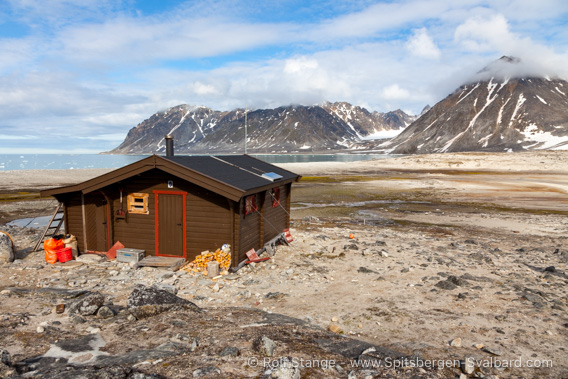
You would have to be a field inspector at the Sysselmester! This is how you would be accommodated in Magdalenefjord before you move to Mushamna.
This year, however, there will only be the northern team, which will initially be stationed in Magdalenefjord and later move to Mushamna in Woodfjord. The teams in Kongsfjord and Isfjord have been cancelled for budget reasons, as Svalbardposten wrote.
Northwest Spitsbergen
Fri
30 May
2025
A day in the north-west of Spitsbergen. Starting in the beautiful Hamiltonbukta in Raudfjord, reindeer and arctic foxes said good morning to each other under a large birdcliff. Later, we met an almost curious bearded seal.
The large Svitjodbreen glacier in Fuglefjord was a little grey, but this made it appear even wilder and more powerful.
Some friendly harbour seals on the coast of Danskøya rounded off this eventful, beautiful day.
- gallery anchor link: #gallery_3626
Click on thumbnail to open an enlarged version of the specific photo.
With SV Meander from Longyearbyen to the ice
Thu
29 May
2025
‘Cast off’ was the motto on Monday on the Meander in Longyearbyen, off and away into this time that lies somewhere between Arctic winter and summer. With lots of snow and ice, but without snowmobiles and without the extremely cold temperatures that could make being outside a few weeks ago a bit of a challenge.
So the Arctic summer is well on its way to Spitsbergen, and in co-operation with a hefty dose of climate change, this hot duo is in the process of moving the drift ice northwards away from the coast of Spitsbergen. As we wanted to get a glimpse of the drift ice, we made sure to get there with a stopover in Ny-Ålesund before it was completely out of reach. ‘Normally’, let’s say 20 years ago, the drift ice edge would perhaps have been found in the Amsterdamøya area on the coast at the end of May. Today it lies at 80 degrees north. And that’s where – and a few miles further – we were on the third day of the trip to experience the beautiful world of ice. Rounded off by a lovely little evening landing in Sallyhamna.
- gallery anchor link: #gallery_3623
Click on thumbnail to open an enlarged version of the specific photo.
Longyearbyen Photo Club with SV Meander in Isfjord
Mon
26 May
2025
A short trip with SV Meander in Isfjord. Just 1.5 days, and yet it was really worth it – especially as nobody flew in, the participants were all local members of the Longyearbyen Photo Club (fotoklubb).
It’s unbelievable what you can do and see in such a short time if you’re lucky with the weather! A few impressions, from Trygghamna to Borebukta and Colesbukta:
- gallery anchor link: #gallery_3621
Click on thumbnail to open an enlarged version of the specific photo.
Amundsen’s first North Pole expedition from Ny-Ålesund 100 years ago
It was exactly 100 years ago today that Roald Amundsen took off with two flying boats (seaplanes) from Ny-Ålesund in Kongsfjord. It was his first attempt to fly to the North Pole. The attempt was not successful: shortly before 88 degrees north, both aeroplanes had to land in the ice, and it was only with unspeakable difficulty that they managed to take off again after 25 days. One of the two planes had to be left behind, the six members of the expedition reached Nordaustland in the other plane and were rescued there by a Norwegian sealing vessel that happened to be nearby.
The famous expeditions with Nobile and the airships Norge (1926) and Italia (1928) followed in the years that followed. As is well known, the Italia was wrecked and part of the crew disappeared without a trace. Nobile and the remaining crew were rescued. Amundsen had set off in search of Nobile, but died in the process. His exact fate is still unknown today.
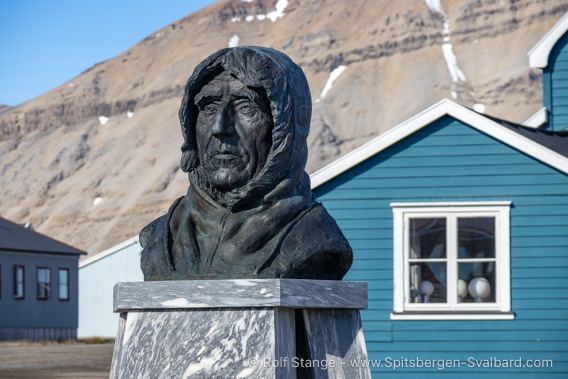
Roald Amundsen in Ny-Ålesund.
The two Dornier-Wal aircraft N24 and N25 took off on 21 May 1925 – exactly 100 years ago today – marking the start of this last, famous and dramatic chapter in Amundsen’s life as an explorer, characterised by flying expeditions to the North Pole.
The Fram Museum in Oslo is dedicating a new exhibition to this expedition.
Poster “Svalbardhytter” available again
It was out of print for a long time, but now it’s back in a revised form 🙂 the Svalbardhytter poster. beautifully illustrates the diversity of Spitsbergen’s many huts. 60 small manifestations of old Arctic adventures in wall format (70×100 cm)!

Poster Svalbardhytter, second edition.
The font colour has been improved compared to the first edition so that the lettering is easier to read.
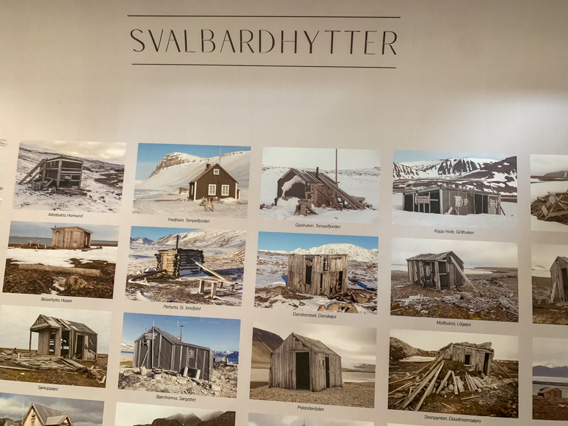
The new font colour improves readability.
The accompanying booklet Svalbardhytter provides the information that turns the pictures into small, exciting Spitsbergen stories.
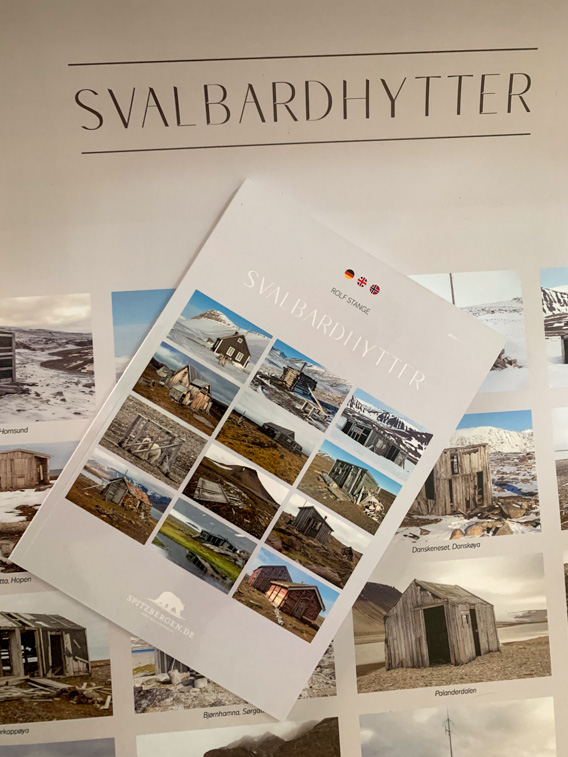
Makes the thing complete: booklet Svalbardhytter.
News-Listing live generated at 2025/June/16 at 00:15:28 Uhr (GMT+1)
